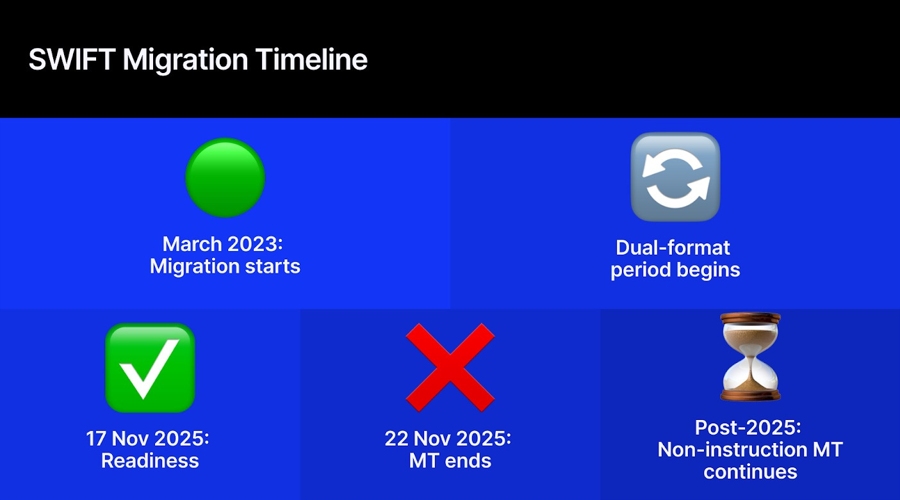Ruling party leaders, however, felt the step would check unaccounted money, which has grown over the last seven years, and help bring the focus back on the PM’s efforts in his nine-year tenure at curbing corruption.
When Prime Minister Narendra Modi announced demonetisation on November 8, 2016, with elections to five states, including UP, around the corner, he put corruption at the centre of India’s political discourse. After winning UP, the BJP said it was a referendum on demonetisation. If elections to five states were three months away seven years back, the polls to Rajasthan, Madhya Pradesh, Chhattisgarh, Telangana, and Mizoram are six months away now.
Congress leader P Chidambaram said it was expected that the government would withdraw the Rs 2,000 note. “We said this in November 2016, and we have been proved correct. The Rs 2,000 note was a band-aid to cover up the foolish decision of demonetising Rs 500 and Rs 1,000 notes, which were popular and widely exchanged currencies,” he said. “A few weeks after demonetisation, the government/RBI were forced to reintroduce the Rs 500 note. I shall not be surprised if the government/RBI reintroduce the Rs 1,000 note as well. Demonetisation has come full circle,” Chidambaram tweeted.
“They claimed that introducing the Rs 2,000 note would curb the flow of black money. Seven years later, they are withdrawing it from circulation. Yet another Modinomic masterstroke,” the Trinamool Congress tweeted.







































